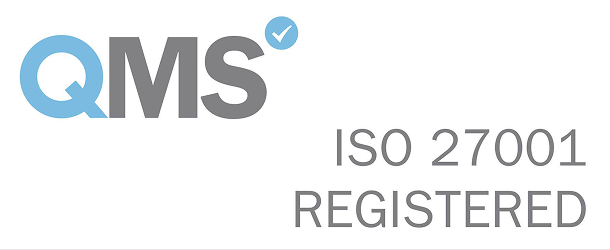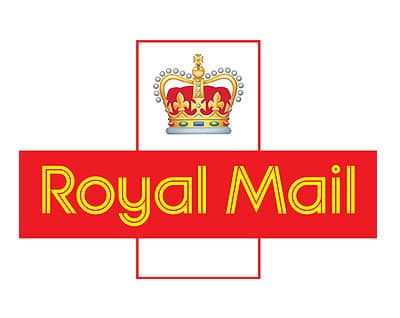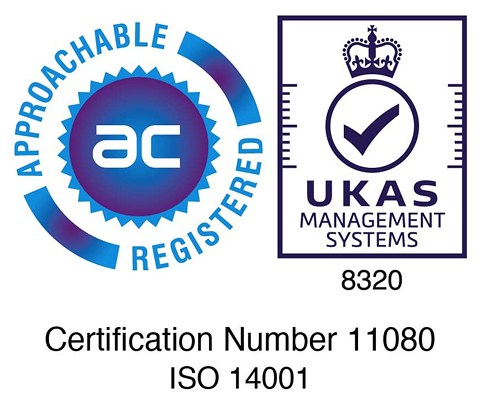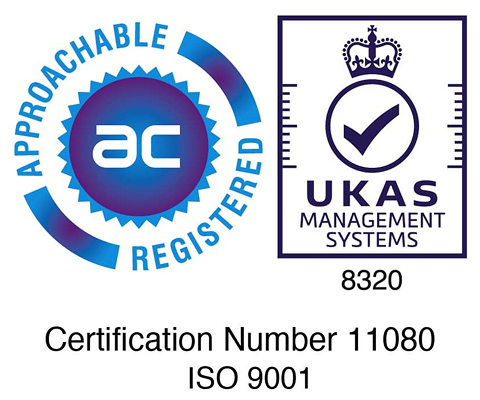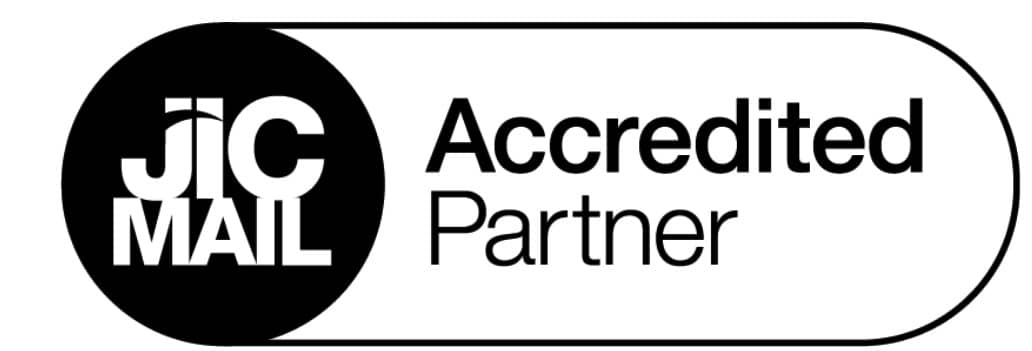Can you use direct mail and still keep your environmental credentials intact?
Environmental responsibility is something we all need to consider – at work, at home, and beyond. If you’re exploring direct mail as part of your marketing mix, you might worry about its environmental impact. But here’s the good news: it’s entirely possible to create environmentally responsible direct mail campaigns. With a few simple steps, you can improve your sustainability and even save money. Here are four tried-and-tested tips from The Mailing People.
Sometimes, all it takes is a few simple steps to improve your environmental rating. Here are four favourites from The Mailing People.

Clean your data
Data cleaning is a game-changer for both your campaign’s success and its environmental footprint. While it’s well-known that clean data can improve your ROI, it’s also great for the planet.
Eliminating duplicate addresses, outdated recipient details, and other inaccuracies reduces unnecessary mailings. For example, by running data audits and health checks, we often cut a 5,000-recipient mailing down to 4,000 by removing redundant addressees.
This reduction not only saves paper but also cuts costs, making your campaigns more sustainable and efficient.

Skip the polywrap
Plastic waste is one of the most pressing environmental challenges today. If your direct mail campaign includes polywrapping, ask yourself: is it really necessary?
There are plenty of effective ways to deliver your message without plastic. Options such as paperwrap, or printing the recipient’s details directly on a booklet or self-mailer can eliminate the need for polywrap entirely.
While recycled polywrap is available, it’s often too costly for most campaigns, making it less practical than ditching plastic altogether. The compostable bio plastic alternatives may sound more environmentally friendly, but they have fallen out of favour. The exacting conditions required for the materials to break down properly can typically only be met in specialised industrial composting facilities, which few towns and cities have. Without them, they’re no more environmentally friendly than single use plastics.
By cutting out polywrap, you’re not just reducing landfill waste—you’re setting an example for sustainable marketing practices.
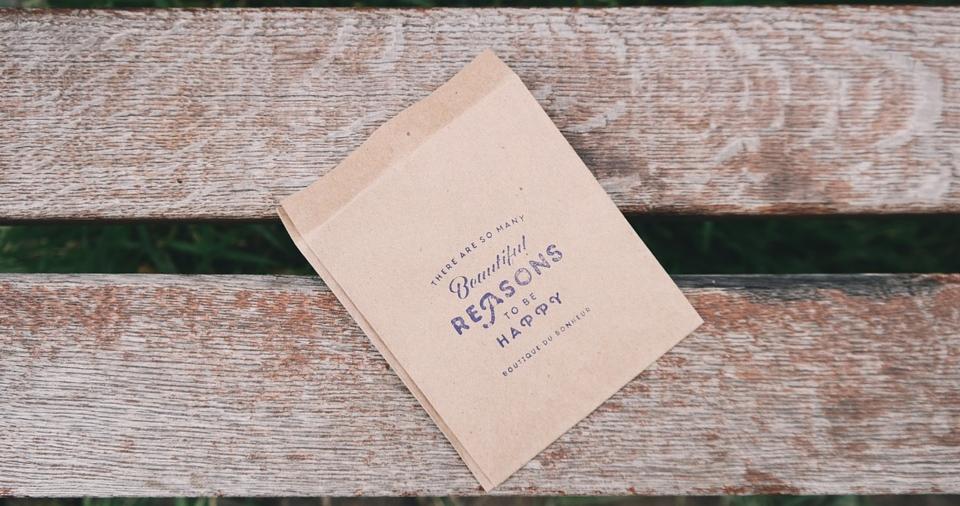
Use recycled paper
It may sound simple, but many businesses still avoid recycled paper due to misconceptions about quality and choice. The truth is, recycled paper now comes in a variety of weights and finishes that rival standard paper options.
At The Mailing People, we print on high-quality recycled paper with plenty of choices to suit your needs. Ask your mailing house for samples and see for yourself how recycled paper can support your environmental goals without compromising on quality.
Use FSC® certified paper
The Forest Stewardship Council® (FSC) is a global organisation promoting responsible forest management. FSC-certified paper is made using wood from well-managed forests, ensuring environmental sustainability.
This is where talking to your mailing house counts. The best direct mail companies will not only give you the stats and figures on things like size, weight, postage and packaging but will also advise on suitability and ideas, depending on your business type and the nature of your campaign.
Using FSC-certified paper and displaying the FSC logo on your direct mail not only helps the environment but also appeals to your customers. In fact, a 2017 survey found that 55% of consumers preferred FSC-certified products with the FSC logo.
At The Mailing People, all our paper is FSC-certified, giving you peace of mind and a compelling story to share with your audience.
Small Changes, Big Impact
Ready to take the next step in eco-friendly marketing? Get in touch with The Mailing People today.
Our accreditations
